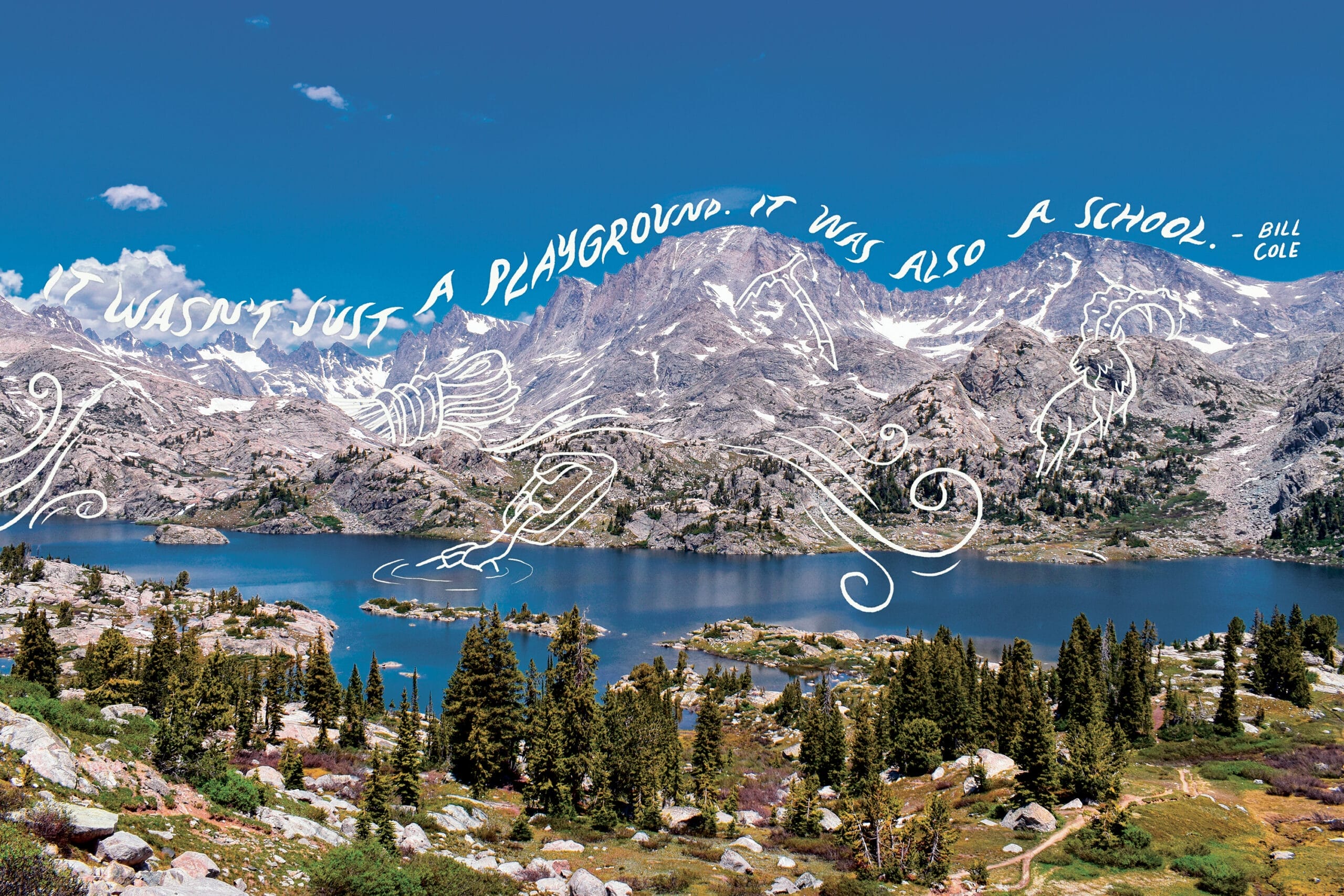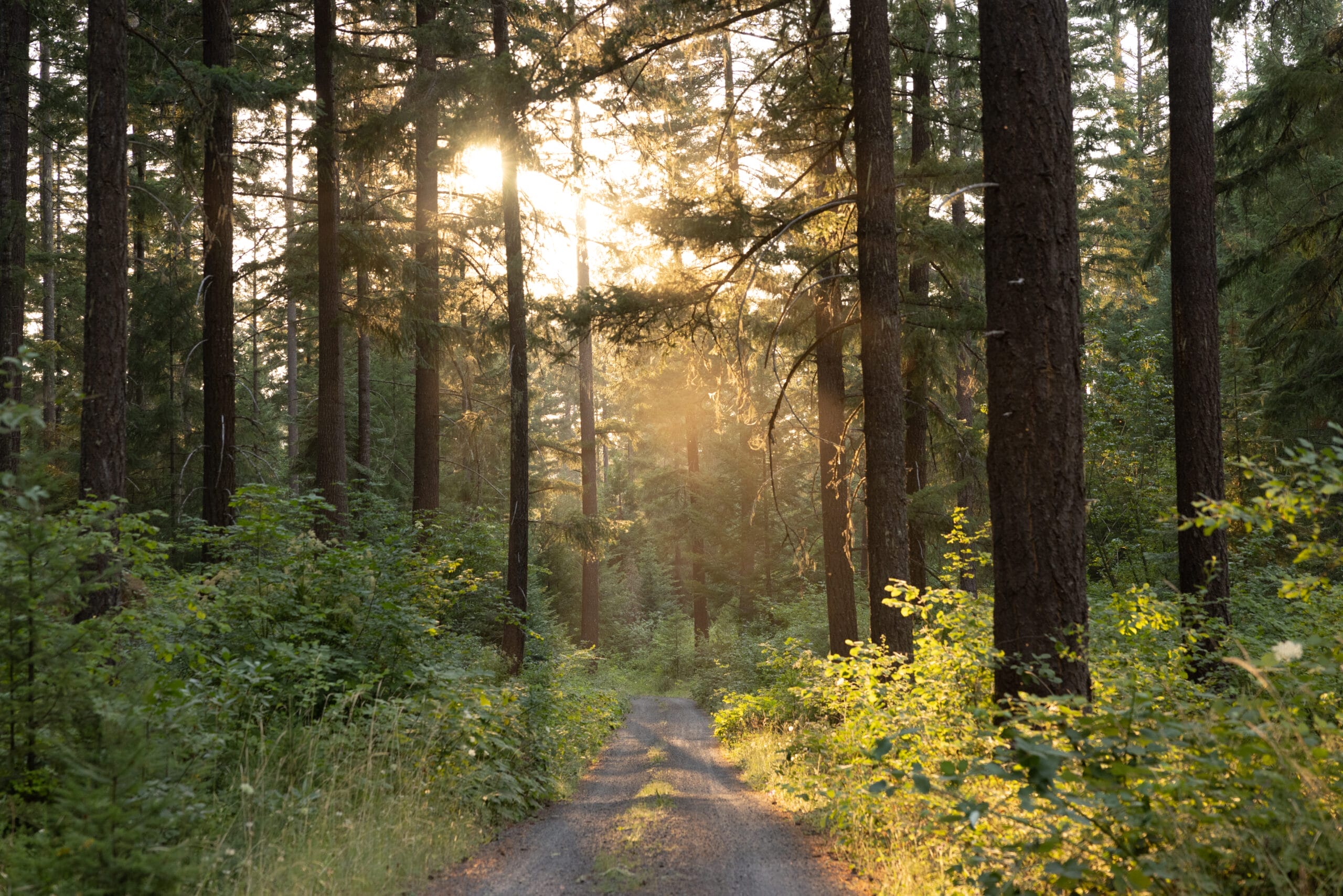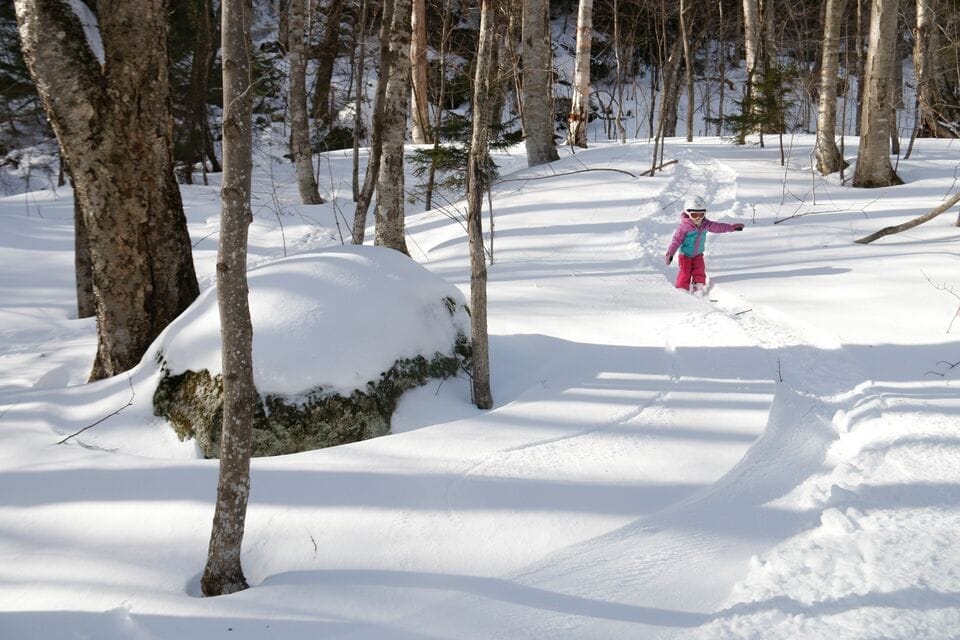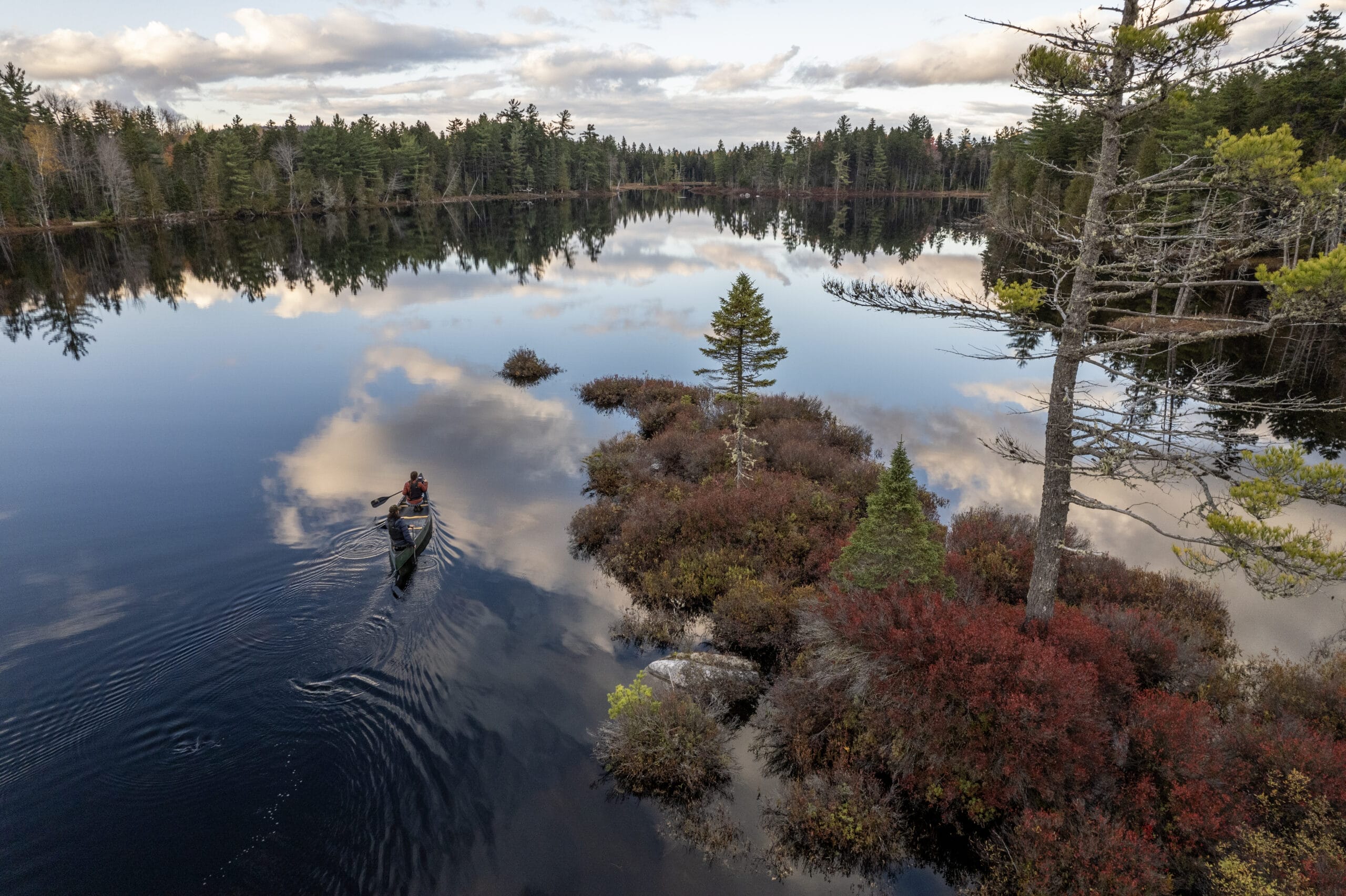
In times of trouble, I turn to parks. Everyone should be so “lucky.”
In times of trouble, I turn to parks. Everyone should be so “lucky.”
In the days and weeks to come, we’ll be sharing stories of the power of communities to overcome adversity. We’ll also be sharing stories of how people are finding respite in nature and the outdoors.
Wherever you live, please be safe: for guidance on effective social distancing and doing your part to mitigate the spread of COVID-19, follow guidelines from the Centers for Disease Control and Prevention and state and local authorities.
We want to hear from you! Leave us a note in the comments and tell us what’s on your mind, what you’re doing to keep your spirits up, and how you and your community are coping during these uncertain times.
As Director of Communications at The Trust for Public Land, it’s my job to share the stories of how access to the outdoors affects people and communities nationwide. And one of the benefits of the work is that there’s never a shortage of tales to tell … ask 100 people what their local park, trail, or open space means to them, and they’ll tell you 1,000 ways parks make life better.
So I know as well as anyone the value that parks and open spaces play in peoples’ lives. But since the start of the COVID-19 pandemic, I’ve never been more reliant on their potent and practical magic.
I can’t read the news without my blood pressure rising, and I can’t stop reading the news. Everything is cancelled. (Little League in particular hit our family especially hard). And with the schools closed, my five-year-old and eight-year-old boys are really putting a damper on my telecommute.
At the end—and ok, sometimes the middle—of each increasingly long day, I lace up my sneakers, leash up the dog, and head outside to clear my head. I live in the Bay Area, where we have rising rates of coronavirus but also—thankfully, blessedly—many, many parks and trails. Nationwide only 54 percent of people have a park within walking distance, but in my hometown of Berkeley, 95 percent of residents have a park within a 10-minute walk of home.
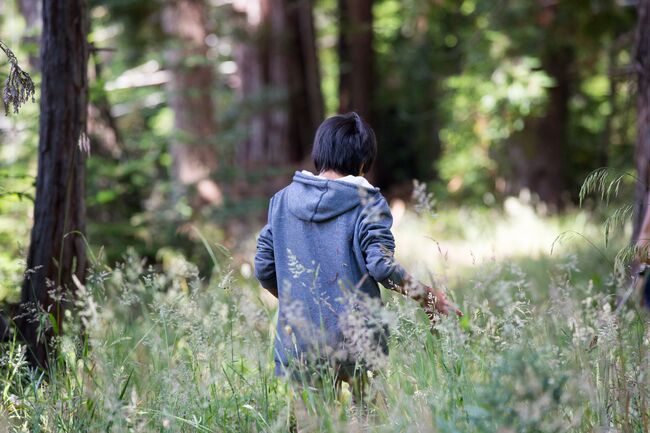 Kashia Coastal Reserve, Sonoma County, CaliforniaPhoto credit: Terray Sylvester
Kashia Coastal Reserve, Sonoma County, CaliforniaPhoto credit: Terray Sylvester
For me, that’s Tilden, a sprawling regional park offering miles of forested hills and trails to breathe some fresh air while still maintaining a safe six feet of distance from passersby. So after work on Friday, I set my pent-up family loose on a beloved trail known as Inspiration Point. It was chilly and we didn’t have the right jackets and we had forgotten the water bottles again. But my boys tore off down the trail whooping and hollering with the wind in their hair. And the late-afternoon sun sparkled through the clouds. And my neighbors, from all walks of life, smiled in greeting as we passed along the path. I felt I could read the relief in their faces; I’m sure they could see the relief in mine. A hawk hovered overhead. There’s no cell phone service up there. For the first time that week my shoulders unlocked and my mind began to unwind.
This is not the only time I’ve turned to my local parks to keep my sanity. In that early fog of new motherhood, when just getting myself and the baby dressed and out the door felt like an accomplishment, the neighborhood park was our safe place. As the kids grew, we expanded our range to new parks, for birthday parties, soccer, hiking, biking, climbing, camping, and our dearly beloved Little League.
But today, in these challenging and uncertain times, when all the places we go to connect with our communities could be closed for who knows how long, having a trail nearby—free and open to all—feels like a lifeline. And a privilege … both the nearby space and the time to visit it. It’s a privilege to live in a community with so many great places to get outside so close to home. It’s a privilege that my employer allows me the flexibility to care for my family.
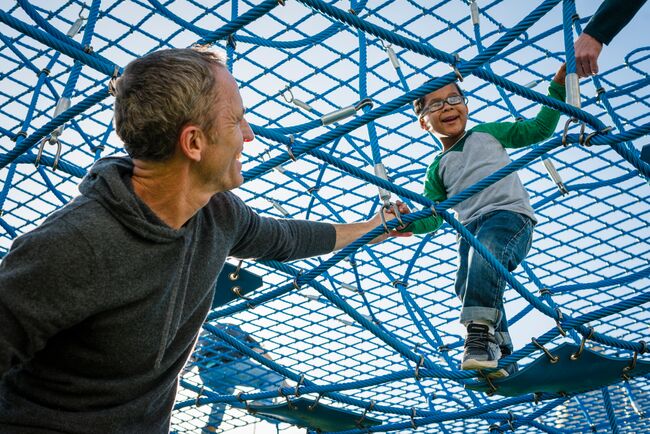 Helen Diller Civic Center Playgrounds, San Francisco, CaliforniaPhoto credit: Lindsay Upson
Helen Diller Civic Center Playgrounds, San Francisco, CaliforniaPhoto credit: Lindsay Upson
But it shouldn’t be a privilege. It should be a right.
In my work, I’ve read the research—all of the research. I know how spending time outside is critical to mental and physical health. I know how neighborhoods with quality parks aren’t just healthier, but safer too … from rising temperatures, from crime, from extreme weather, even from recovering after natural disasters. Perilous times like these show us how interconnected we all are, how we’re truly only as strong as the weakest among us.
Great parks make stronger communities—and every child, every family needs access to the outdoors and the countless benefits parks provide. So from my family to yours, consider this a reminder of how important it is to find a space to safely get outside and feel the sun shine on your face. For otherwise healthy folks, the current recommendation is social distancing. At the same time, we also know total social isolation can have its own negative health effects.
And if you’re looking for your own inspiration point, consider the power of everyday communities to overcome adversity—like the good people of West Windsor, Vermont; the Kashia Band of Pomo Indians in Sonoma county; or the moms and grandmas of South Los Angeles. As the past few weeks have taught us, we’re in this together—and when this is all over, I’ll be the first to meet you for a walk at the local park.
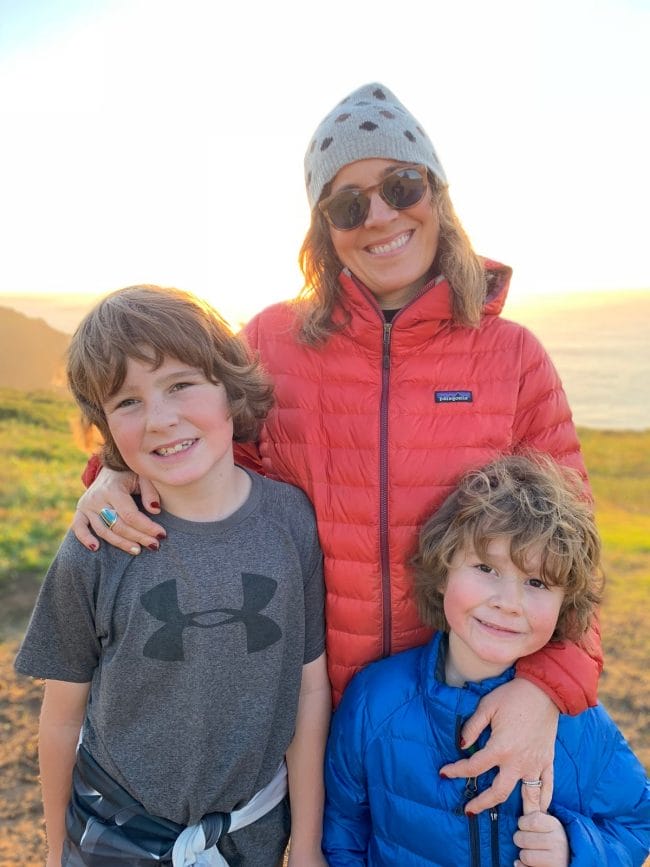 Eliza Sarasohn and her family in Berkeley, California.Photo credit: Eliza Sarasohn
Eliza Sarasohn and her family in Berkeley, California.Photo credit: Eliza Sarasohn
Eliza Sarasohn is Communications Director at The Trust for Public Land.
Rising temperatures, bigger storms, and asphalt schoolyards pose significant risks during recess. Urge Congress to prioritize schoolyards that cool neighborhoods, manage stormwater, and provide opportunities for kids to connect with nature today!


Donate to become a member, and you’ll receive a subscription to Land&People magazine, our biannual publication featuring exclusive, inspiring stories about our work connecting everyone to the outdoors.
See how our supporters are helping us connect people to the outdoors across the country.




